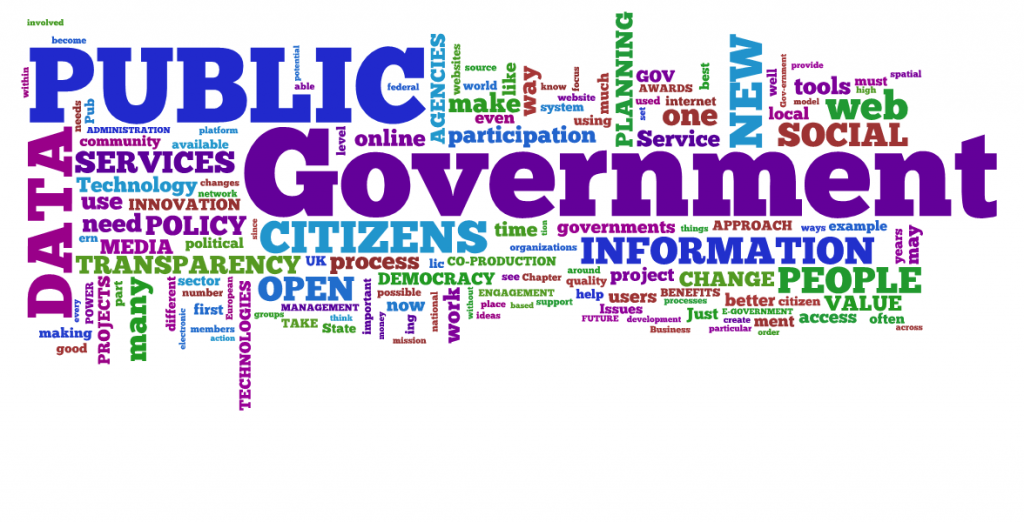e-Government and e-Governance seem synonyms to each other however they are totally different. Most people think they are the same. But here I am going to describe the difference between e-Government & e-Governance.
What is e-Government?

It refers to the implementation of information and communication technology like the internet. Through the use of technology, it improves the government activities and process. e-Government is embedded in combinations of political conditions as well as cultural, technological and organizational changes designed to support and drive a profound transformation in government units.
Generally, the e-Government concept brings four domains,
- e-Administration – Improving government processes by using ICTs and government process management. No paperwork, each and every process need to be done via the use of ICT.
- e-Government services – Delivering government services electronically to citizens, businesses, and government employees. Example- application for citizenship through the online system.
- e-Democracy – Improving transparency and democratic decision making, as well as citizens’ participation in public decisions. e-Voting is a perfect example here.
- e-Governance – It is a development, deployment, and enforcement of the policies, laws, and regulations necessary for developing cooperation, networking and partnerships between government units, citizens and the business. Citizen will get government services using technology.
Benefits of e-Government
- Better provision of government services
- Improved interaction with different groups and citizen
- Citizen empowerment through access to information
- Efficient government management
- Easy implementation of Right to Information
- It is a two-way process from Government to citizen and vice versa.
What is e-Governance?
It is a part of e-Government. E-Governance is dealing with all regulations and policies to control the services provided by the e-Government. However, the E-Government is an electronic government, which should be regulated by the E-Governance.
Moreover, e-Governance refers to the utilization of information and communication technology (ICT) for providing government services, disseminating information, communication operations with the general public.
Benefits of e-Governance
- Better provision of government services
- Improved interaction with different groups
- Citizen empowerment through access to information
- Efficient government management
The key difference between e-Government & e-Governance?
- e-Government is a system whereas e-Governance is a functionality.
- Government means the application of ICT in government operations, as a tool to make a better government. e-Governance, on the other hand, implies the use of ICT in transforming and supporting functions and structures of the system.
- It is a one-way protocol but e-Government is a two-way protocol(government to citizen and vice versa)
- e-Governance is the part of e-Government. e-Governance never comes alone.
Conclusion
Making a strong e-Government and its implementation for effective e-Governance is not a one day tariff. Both this should work together to make the effective government.
There are a number of merits of effective e-Governance. It results in decreased corruption, increased trust of level towards the government, it shows the transparency in government activities, citizen engagement, and increase help from the citizen. Moreover, it helps to growth in GDP, expansion in government reach, and so on.
Each and every citizen have a vital role to make the government more responsible. And the government must be accessible for every citizen in the country. Hence e-Government is the best and tested system all around the glove to become responsible and easily accessible to the citizen.
Leave a Reply